

Articles
How To Clean Silk Rugs
Modified: January 6, 2024
Learn effective techniques to clean silk rugs with our informative articles. Keep your rugs looking fresh and vibrant with our expert tips and advice.
(Many of the links in this article redirect to a specific reviewed product. Your purchase of these products through affiliate links helps to generate commission for Storables.com, at no extra cost. Learn more)
Introduction
Silk rugs are prized possessions that add elegance and luxury to any space. With their soft, lustrous fibers and intricate designs, silk rugs require special care to maintain their beauty and longevity. Cleaning a silk rug can be a delicate process, as silk is a delicate fabric that is more prone to damage than other rug materials. However, with the right techniques and precautions, you can effectively clean your silk rug and keep it looking its best.
In this article, we will guide you through the process of cleaning silk rugs, from understanding the nature of silk to implementing proper cleaning methods. Whether you are dealing with a small stain or need to give your silk rug a deep clean, we will provide you with the knowledge and tips to tackle the task effectively.
Before diving into the cleaning process, it is essential to familiarize yourself with silk rugs and their unique characteristics. Silk is a natural protein fiber that is derived from the cocoon of silkworms. It is renowned for its softness, sheen, and strength. Silk rugs are often hand-woven and feature intricate patterns and designs that showcase the craftsmanship and artistry of the weaver.
While silk rugs exude beauty and opulence, they are also susceptible to damage from moisture, chemicals, and high traffic. It is crucial to handle silk rugs with care to prevent fiber breakage, color fading, and distortion of the design. Regular cleaning and maintenance are necessary to preserve the rug’s quality and enhance its lifespan.
Before proceeding with any cleaning process, it is essential to prepare your silk rug adequately. This involves removing any loose dirt and debris before delving into the cleaning process. Vacuuming is an excellent method for this initial step.
By following the steps outlined in this article, you will be equipped with the knowledge and techniques to effectively clean your silk rug, refresh its appearance, and ensure its longevity. So let’s dive in and learn how to clean silk rugs!
Key Takeaways:
- Handle silk rugs with care, as they require gentle treatment to prevent damage to delicate fibers and intricate designs.
- Prioritize preventive measures to minimize future stains, such as implementing a “no shoes” policy and using rug pads for added protection.
Read more: How To Clean Silk Dupioni Drapes
Understanding Silk Rugs
To effectively clean a silk rug, it is crucial to understand its unique characteristics and properties. Silk rugs are highly valued for their luxurious feel, delicate fibers, and intricate designs. Here are some key factors to consider when dealing with silk rugs:
Sensitivity: Silk is a delicate fabric that requires gentle handling. It is prone to damage from excessive moisture, harsh chemicals, and rough treatment. When cleaning a silk rug, it is essential to use mild cleaning solutions and avoid harsh scrubbing or agitation.
Natural Resilience: Despite its delicate nature, silk has natural resilience and strength. It can withstand moderate foot traffic, making silk rugs suitable for low to medium-traffic areas. However, it is still important to take precautions to minimize wear and tear.
High Absorbency: Silk has excellent absorbent properties, which means it can quickly absorb spills and stains. Promptly addressing any spills or stains on your silk rug is crucial to prevent permanent damage or discoloration.
Colorfastness: Silk rugs are often hand-dyed with natural or synthetic dyes. It is essential to test for colorfastness before applying any cleaning products or techniques. This can be done by applying a small amount of the cleaning solution on an inconspicuous area of the rug and blotting it with a clean white cloth. If there is no color transfer, it is safe to proceed with the cleaning process.
Professional Handiwork: Silk rugs are often intricately hand-woven by skilled artisans. The craftsmanship and attention to detail make silk rugs true works of art. When cleaning a silk rug, it is essential to handle it with care to preserve its intricate patterns and designs.
By understanding these characteristics of silk rugs, you will be better equipped to clean and care for them properly. Taking into account the sensitivity of silk fibers and the need for gentle treatment, let’s move on to the next section, which covers preparing your silk rug for cleaning.
Preparing for Cleaning
Before you embark on cleaning your silk rug, it is important to properly prepare it to ensure the best possible outcome. By taking the necessary precautions, you can minimize the risk of damage and ensure a successful cleaning process. Here are the steps to follow when preparing your silk rug for cleaning:
1. Check for any pre-existing damage: Before you start cleaning, carefully inspect your silk rug for any signs of damage such as tears, loose fibers, or fringes that need repair. Addressing these issues beforehand will prevent further damage during the cleaning process.
2. Test for colorfastness: As mentioned earlier, silk rugs can be prone to color bleeding or fading when exposed to certain cleaning products. Test a small, inconspicuous area of the rug with the cleaning solution you plan to use to ensure it doesn’t cause any discoloration. If there are no adverse effects, you can proceed with confidence.
3. Remove loose dirt and debris: Thoroughly vacuum the surface of the rug to remove any loose dirt or debris. Be gentle and use a brush attachment or a vacuum with adjustable suction to avoid damaging the delicate silk fibers. This step will help prevent dirt from grinding into the rug during the cleaning process.
4. Protect the surrounding area: Place towels or drop cloths around the rug to protect the floor or surrounding furniture from any potential spills or drips during the cleaning process. This will also make it easier to contain and clean up any accidents that may occur.
5. Gather the necessary supplies: Ensure you have all the cleaning supplies required for the specific cleaning method you plan to use. This may include mild detergent, a soft brush or sponge, clean white cloths, distilled water, and a spray bottle. Having everything on hand before you begin will help streamline the process.
By following these steps and properly preparing your silk rug for cleaning, you can minimize the risk of damage and ensure a successful cleaning process. Now that you’re ready to proceed, let’s move on to the next section, which covers the first step in actually cleaning your silk rug – vacuuming.
Vacuuming the Silk Rug
Vacuuming is an essential step in the cleaning process for silk rugs. Proper vacuuming removes loose dirt, dust, and debris from the surface and helps maintain the rug’s appearance. However, it is crucial to approach vacuuming silk rugs with caution to avoid causing any damage. Here are the steps to follow when vacuuming your silk rug:
1. Use a gentle vacuum cleaner: Choose a vacuum cleaner that has adjustable suction and a brush attachment with soft bristles. Avoid using a vacuum cleaner with a rotating brush, as this can cause excessive friction and damage the delicate silk fibers.
2. Set the vacuum on low or medium suction: Adjust the suction level to the lowest or medium setting to prevent the rug from being forcefully pulled or the fibers being sucked into the vacuum. This gentle suction will effectively remove the surface dirt without causing any harm.
3. Test the vacuum on a small area: Before you start vacuuming the entire rug, test it on a small, inconspicuous area to ensure that it doesn’t cause any damage. Check for any fiber distortion or pulling during the test. If there are no issues, you can proceed to vacuum the entire rug.
4. Remove furniture or obstacles: Clear the area and remove any furniture or obstacles from the silk rug to ensure that you can vacuum it thoroughly. This will allow you to reach all the nooks and crevices and remove as much debris as possible.
5. Vacuum in the direction of the fibers: When vacuuming the silk rug, always move the vacuum cleaner in the direction of the fibers. This gentle stroke will prevent the fibers from tangling or fraying. Avoid vigorous back-and-forth or cross-hatch motions that can cause unnecessary friction.
6. Vacuum both sides of the rug: Flip the silk rug over and vacuum the backside as well. This helps remove any embedded dirt or dust from the foundation and ensures a thorough cleaning.
7. Repeat the process if necessary: If your silk rug is heavily soiled or if there are stubborn particles still present, you may need to repeat the vacuuming process to ensure a comprehensive cleaning.
By following these steps, you can effectively remove loose dirt and debris from your silk rug through gentle vacuuming. Vacuuming should be done regularly as part of the rug’s maintenance to prevent the buildup of dirt and preserve its overall appearance. Now that we’ve completed the vacuuming process, let’s move on to the next section – spot cleaning for stains.
Spot Cleaning
Spot cleaning is an important step in maintaining the beauty of your silk rug and preventing stains from setting in. Whether it’s a spill, a pet accident, or a localized stain, prompt action is essential to ensure successful spot cleaning. Here are the steps to follow when spot cleaning your silk rug:
1. Act quickly: As soon as you notice a spill or stain, act quickly to prevent it from setting into the rug fibers. The longer a stain sits, the more difficult it can be to remove.
2. Blot, don’t rub: Use a clean white cloth or paper towel to gently blot the stain. Avoid rubbing the stain, as this can spread it further and damage the delicate silk fibers. Begin blotting from the outer edge of the stain and work your way inward to prevent it from spreading.
3. Use a mild cleaning solution: Mix a small amount of mild detergent with water or use a specialized silk rug cleaner. Test the solution on an inconspicuous area of the rug first to ensure it doesn’t cause any discoloration or damage.
4. Apply the cleaning solution: Dip a clean white cloth or sponge into the cleaning solution and gently dab it onto the stained area. Avoid saturating the rug and use only a small amount of the solution at a time.
5. Blot the stain: After applying the cleaning solution, use a clean cloth or sponge to blot the stained area gently. Continue blotting until the stain is lifted or transferred onto the cloth. Avoid scrubbing or aggressive rubbing.
6. Rinse with distilled water: To remove any residue from the cleaning solution, dampen a clean cloth with distilled water and gently blot the treated area. This will help prevent any soapy residue from being left behind.
7. Dry the area: Using a dry white cloth or a clean towel, gently blot the damp area to remove excess moisture. Allow the rug to air dry completely. Do not use a hairdryer or apply direct heat, as it can damage the silk fibers.
8. Repeat if necessary: If the stain persists, you may need to repeat the spot cleaning process. Be patient and persistent, but avoid excessive scrubbing or harsh chemicals.
By following these steps, you can effectively spot clean stains on your silk rug and prevent them from becoming permanent. Remember to always use gentle techniques and avoid harsh chemicals that can damage the delicate silk fibers. Now that we’ve covered spot cleaning, let’s move on to deep cleaning the silk rug for more extensive maintenance.
When cleaning a silk rug, avoid using harsh chemicals or excessive water. Instead, gently blot any spills with a clean cloth and consider professional cleaning for deep stains. Vacuum regularly to prevent dirt buildup.
Read more: How To Clean Large Rugs
Deep Cleaning the Silk Rug
Deep cleaning is an essential step in maintaining the overall cleanliness and freshness of your silk rug. While spot cleaning is effective for dealing with individual stains, deep cleaning helps remove embedded dirt, allergens, and odors that may have accumulated over time. Here are the steps to follow when deep cleaning your silk rug:
1. Read the manufacturer’s instructions: Before proceeding with any deep cleaning method, refer to the manufacturer’s instructions or care label on your silk rug. Some silk rugs may have specific cleaning requirements or recommendations that you should follow to avoid damaging the rug.
2. Choose the right method: There are several methods to deep clean silk rugs, including steam cleaning, foam cleaning, or dry cleaning. Consult with a professional or research the best method for your specific rug type and its condition.
3. Test the cleaning solution: If you choose to use a cleaning solution or detergent, test it on an inconspicuous area of the rug first to ensure it doesn’t cause any discoloration or damage. Allow the tested area to dry completely and check for any adverse effects.
4. Steam cleaning: If using a steam cleaner, follow the manufacturer’s instructions and adjust the steam and temperature settings to a low or medium level. Move the steam cleaner slowly over the rug, applying gentle pressure to thoroughly clean the fibers. Take care not to over-wet the rug, as excessive moisture can damage the silk.
5. Foam cleaning: Foam cleaning is another effective method for deep cleaning silk rugs. Apply a small amount of mild detergent or specialized silk rug cleaner onto a clean sponge or brush. Gently work the foam into the rug using circular motions. Allow the foam to sit for a few minutes, then remove it and any dirt with a clean, damp cloth or sponge.
6. Dry cleaning: If you prefer professional assistance or want to be extra cautious, consider dry cleaning your silk rug. Take your rug to a reputable rug cleaning service that specializes in silk rugs. They will have the expertise and appropriate equipment to deep clean your rug safely.
7. Allow for proper drying: After deep cleaning your silk rug, ensure it is thoroughly dried. Hang the rug in a well-ventilated area or lay it flat on a clean surface, ensuring that both sides are exposed to air circulation. Avoid direct sunlight or excessive heat, as this can cause fading or shrinkage.
8. Brushing and grooming: Once the rug is dry, use a soft brush or a rug groomer to gently fluff up the fibers and restore the rug’s appearance. This step helps distribute the fibers evenly and enhances the rug’s overall aesthetic appeal.
By following these steps and using the appropriate method for deep cleaning your silk rug, you can effectively remove deep-seated dirt and allergens while preserving the quality and beauty of the rug. Properly maintaining and deep cleaning your silk rug will extend its lifespan and ensure it remains a stunning centerpiece in your home. Now that you’ve completed the deep cleaning process, let’s move on to drying the silk rug.
Drying the Silk Rug
Properly drying your silk rug is a crucial step in the cleaning process to prevent mold, mildew, and damage to the delicate silk fibers. Here are the steps to follow when drying your silk rug:
1. Remove excess moisture: Before drying your silk rug, remove any excess moisture by gently blotting it with a clean, absorbent towel or cloth. Avoid rubbing or wringing the rug, as this can cause damage to the silk fibers.
2. Air drying: The best method for drying a silk rug is to allow it to air dry naturally. Hang the rug in a well-ventilated area, away from direct sunlight and heat sources. Ensure that both sides of the rug are exposed to airflow for balanced drying.
3. Rotate rug: Periodically rotate the rug while it’s drying to ensure even drying on both sides. This will prevent any potential moisture buildup and promote proper airflow throughout the rug.
4. Use fans or dehumidifiers: If necessary, you can use fans or dehumidifiers to speed up the drying process. However, be cautious not to place the rug directly in front of a fan or expose it to excessive heat, as this can damage the silk fibers.
5. Avoid hot or humid areas: It is crucial to avoid drying the silk rug in areas with high humidity or extreme temperatures. Excessive heat or moisture can cause shrinkage, color fading, or distortion of the rug fibers.
6. Check for complete dryness: Before repositioning or storing the silk rug, ensure that it is completely dry. Check for any residual moisture by touching the rug with your hand or placing a clean, white cloth on the surface for a few minutes and checking for any dampness or color transfer.
7. Professional drying: In some cases, if the silk rug is heavily soiled or exposed to excessive moisture, it may be advisable to seek professional help for drying. Professional rug cleaners have specialized equipment and knowledge to ensure a thorough and safe drying process.
By following these steps, you can effectively dry your silk rug without causing any damage or compromising its quality. Proper drying will ensure that your silk rug retains its beauty and longevity. Now that your silk rug is clean and dry, let’s explore some preventive measures to minimize future stains and maintain its pristine condition.
Preventing Future Stains
Prevention is key when it comes to maintaining the pristine condition of your silk rug. By taking proactive measures and implementing preventive strategies, you can minimize the risk of future stains and prolong the life of your rug. Here are some tips to prevent future stains on your silk rug:
1. Implement a “no shoes” policy: Shoes can track dirt, debris, and potentially harmful substances onto your silk rug. Encourage family members and guests to remove their shoes before stepping onto the rug to minimize the transfer of dirt and stains.
2. Use rug pads: Placing a quality rug pad underneath your silk rug provides an extra layer of protection. Rug pads can prevent slipping, reduce friction, and create a barrier between the rug and the floor, minimizing the risk of stains and damage.
3. Clean up spills immediately: Accidents happen, but quick action can prevent spills from turning into permanent stains. Attend to any spills or liquid accidents promptly by blotting up the excess moisture with a clean, absorbent cloth and gently treating the affected area with a mild cleaning solution.
4. Avoid eating or drinking on the rug: To minimize the risk of food or beverage spills, it is best to avoid eating or drinking on your silk rug. If you need to enjoy a meal or drinks in the vicinity of the rug, use a designated eating area with appropriate protective measures such as trays or placemats.
5. Keep pets away from the rug: Pets can inadvertently cause stains and damage to silk rugs. Keep them away from the rug or train them to stay off the rug to prevent accidents and shedding fur from becoming embedded in the fibers.
6. Regularly vacuum and groom the rug: Regular vacuuming helps remove loose dirt, dust, and debris from the surface of the rug, reducing the risk of stains and maintaining its appearance. Additionally, gently grooming the rug with a soft brush or rug groomer can prevent the fiber from matting and even out the pile.
7. Rotate the rug: To ensure even wear and minimize the impact of high traffic areas, periodically rotate the rug. This helps distribute the footfall and sunlight exposure more evenly, preventing specific areas from becoming worn or faded.
8. Professional cleaning and maintenance: Schedule regular professional cleaning and maintenance sessions for your silk rug. Professional cleaners have the expertise, equipment, and specialized cleaning solutions to deep clean and rejuvenate your rug without causing damage or color fading.
By following these preventive measures, you can minimize the risk of future stains and damage to your silk rug. Consistent maintenance and proactive care contribute to the longevity and beauty of your rug. Now, armed with knowledge and prevention strategies, you can enjoy the elegance and charm of your silk rug for years to come.
Conclusion
Cleaning and caring for your silk rug is essential to maintain its beauty, longevity, and value. By understanding the unique characteristics of silk and employing proper cleaning techniques, you can effectively clean your silk rug and prevent future stains and damage. Here are some key takeaways:
First and foremost, it is crucial to handle silk rugs with care. Silk is a delicate fabric that requires gentle treatment to prevent damage to its fibers and intricate designs.
Before beginning the cleaning process, take the time to prepare your silk rug properly. This includes checking for any pre-existing damage, testing cleaning products for colorfastness, and removing loose dirt and debris through gentle vacuuming.
Spot cleaning is essential for addressing individual stains promptly. Act quickly, blot the stain, and use mild cleaning solutions to minimize damage to the silk fibers.
For a deeper clean, consider using methods such as steam cleaning, foam cleaning, or professional dry cleaning. Choose the method that is most suitable for your silk rug and follow the manufacturer’s instructions or consult with professionals.
When drying your silk rug, ensure proper airflow and avoid excessive heat or moisture. Allow the rug to air dry completely before placing it back in its original location.
Prevention is crucial for minimizing future stains. Implement preventive strategies such as enforcing a “no shoes” policy, using rug pads, and attending to spills immediately.
Regular vacuuming, grooming, and professional cleaning sessions will help maintain the appearance and condition of your silk rug.
By following these guidelines and taking proactive measures, you can ensure that your silk rug remains a stunning centerpiece in your space for years to come.
Remember, if you are unsure or uncomfortable with cleaning your silk rug yourself, it is always recommended to seek professional help. Professionals have the expertise and knowledge to handle silk rugs with care and provide the best cleaning and maintenance solutions.
With the proper cleaning and maintenance, your silk rug will continue to exude elegance, radiance, and charm, enhancing the aesthetic appeal of your home for generations.
Frequently Asked Questions about How To Clean Silk Rugs
Was this page helpful?
At Storables.com, we guarantee accurate and reliable information. Our content, validated by Expert Board Contributors, is crafted following stringent Editorial Policies. We're committed to providing you with well-researched, expert-backed insights for all your informational needs.
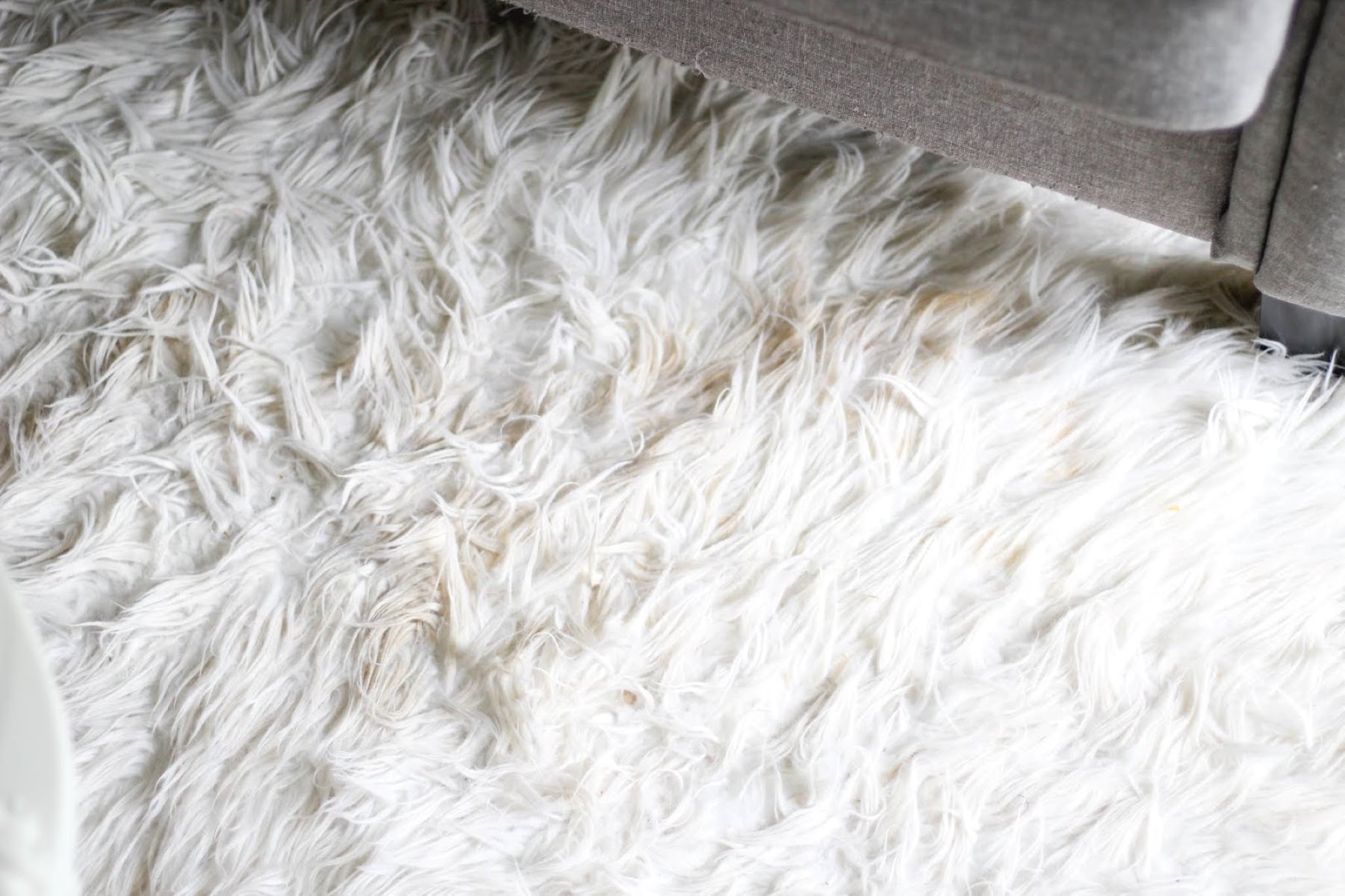
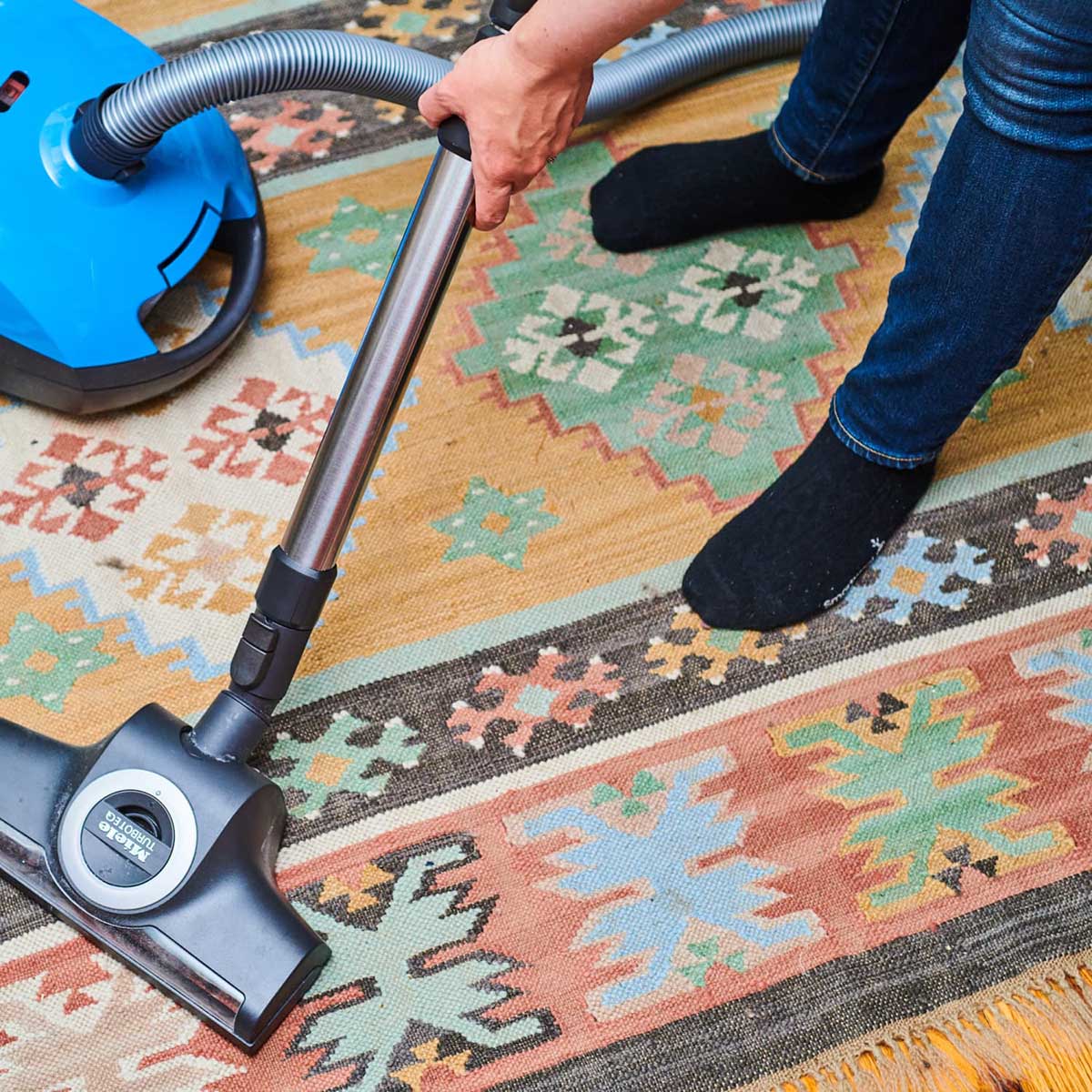
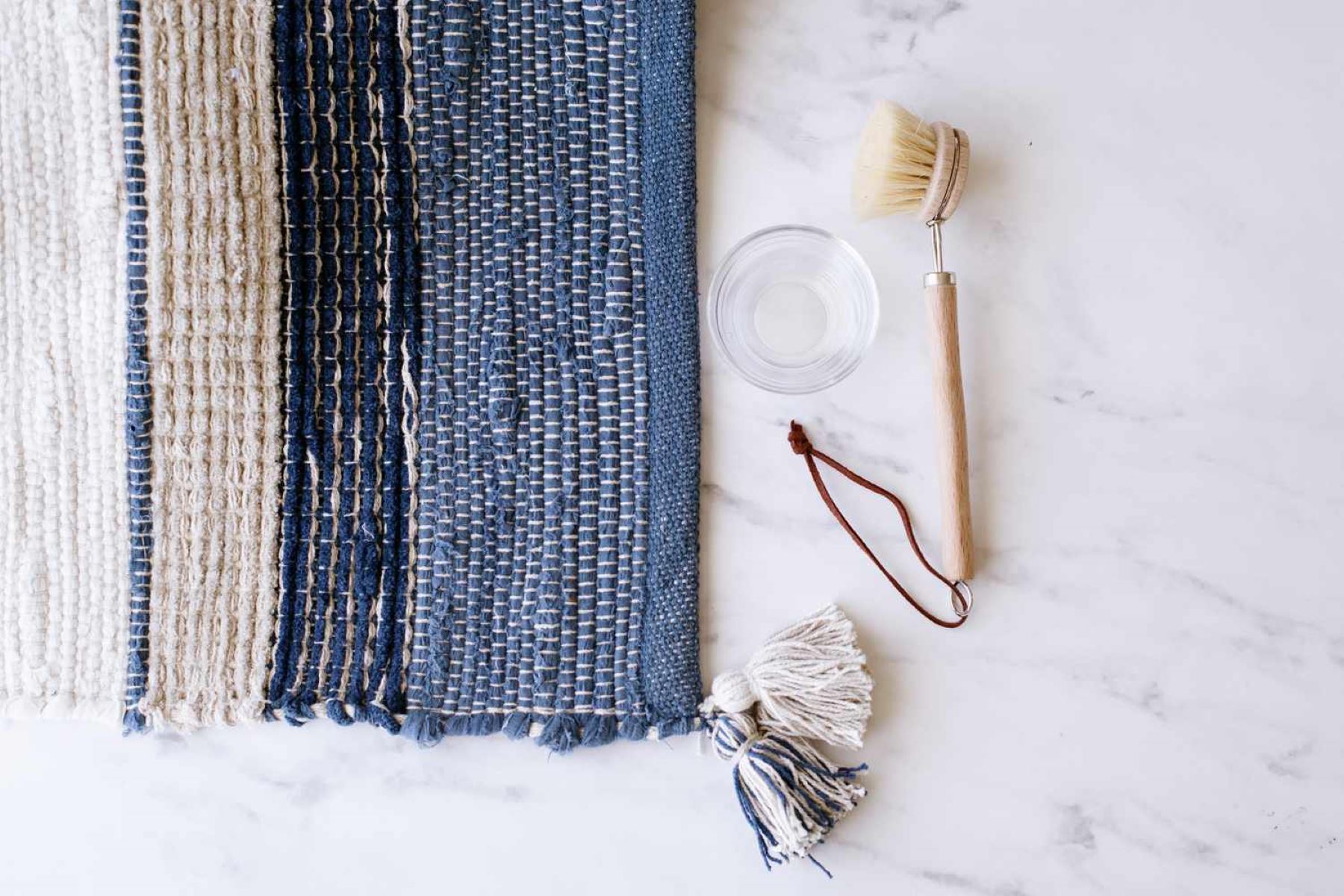


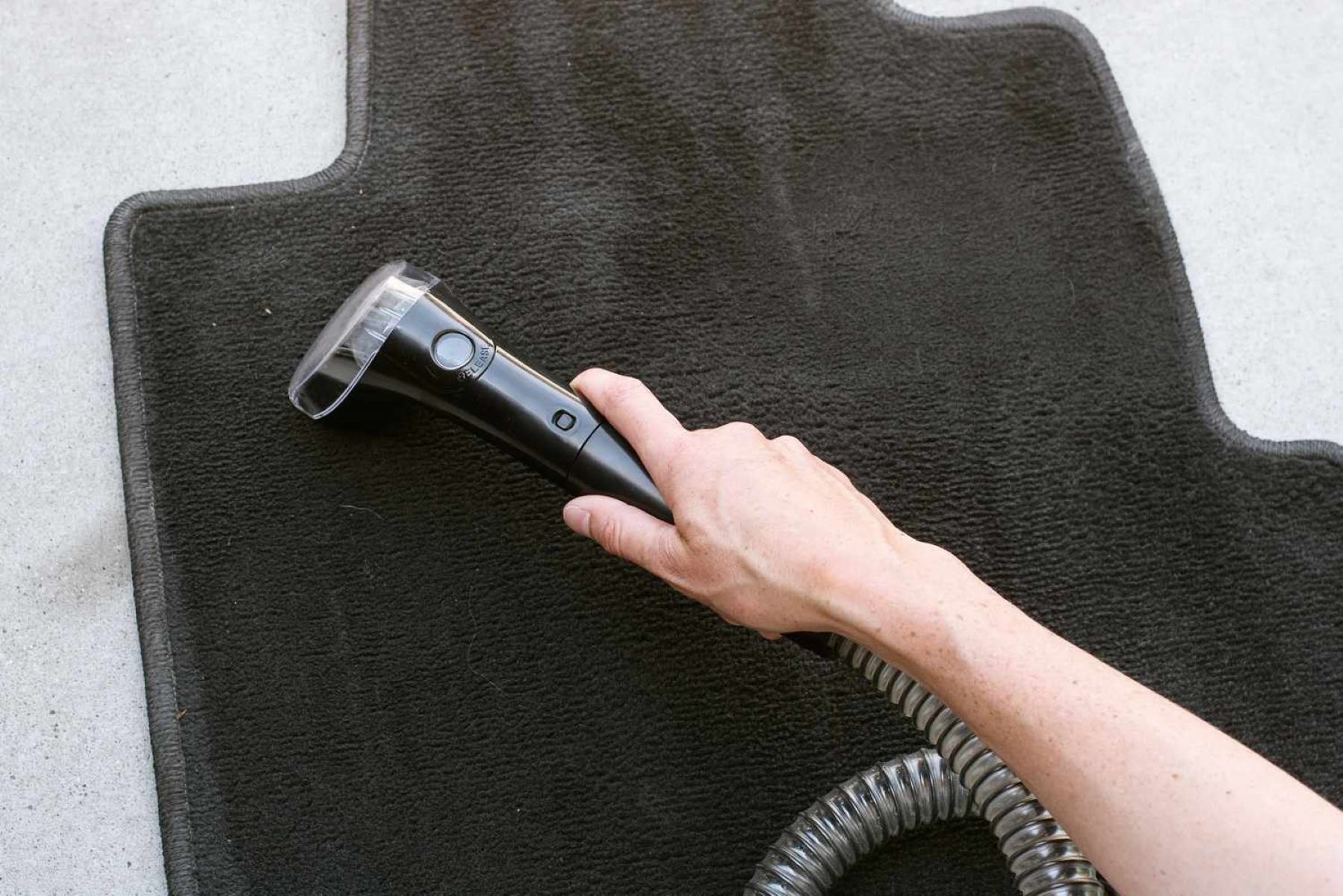

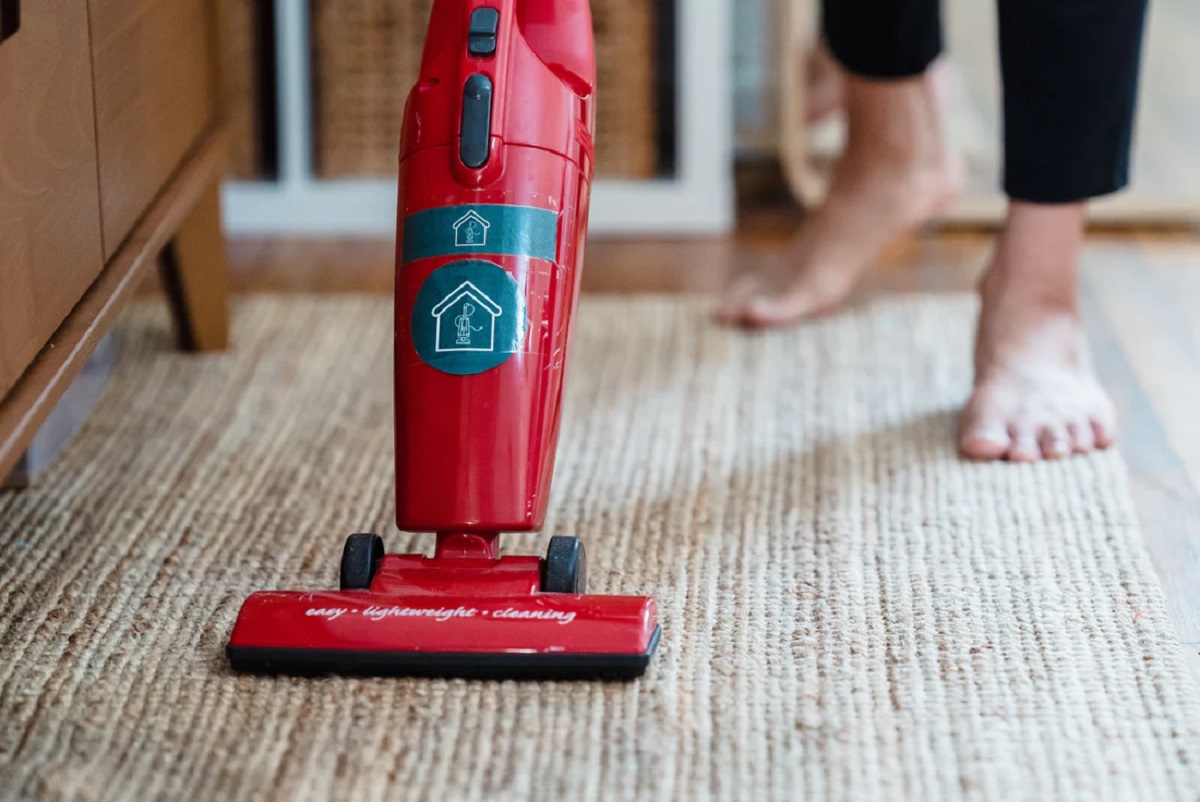
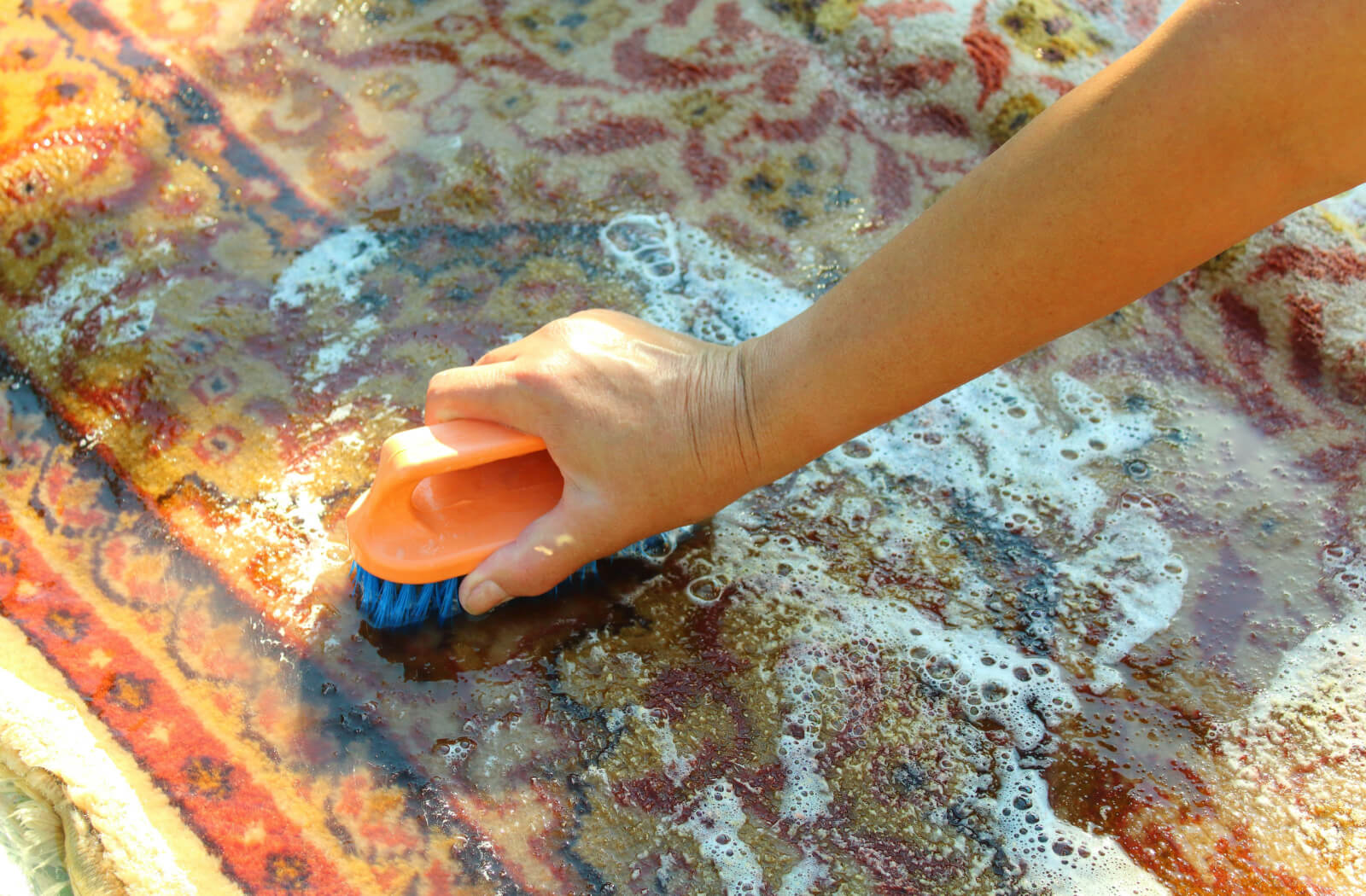

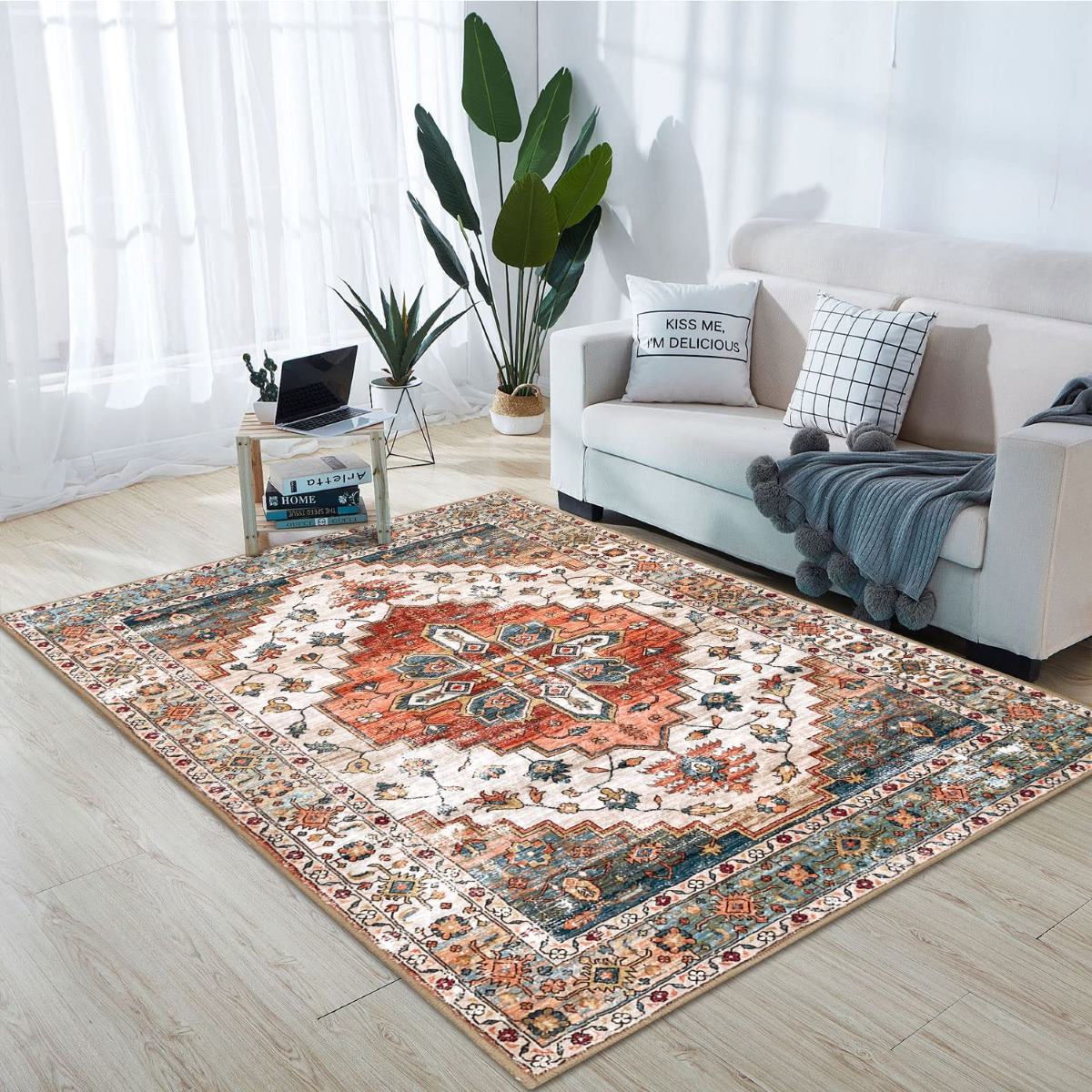
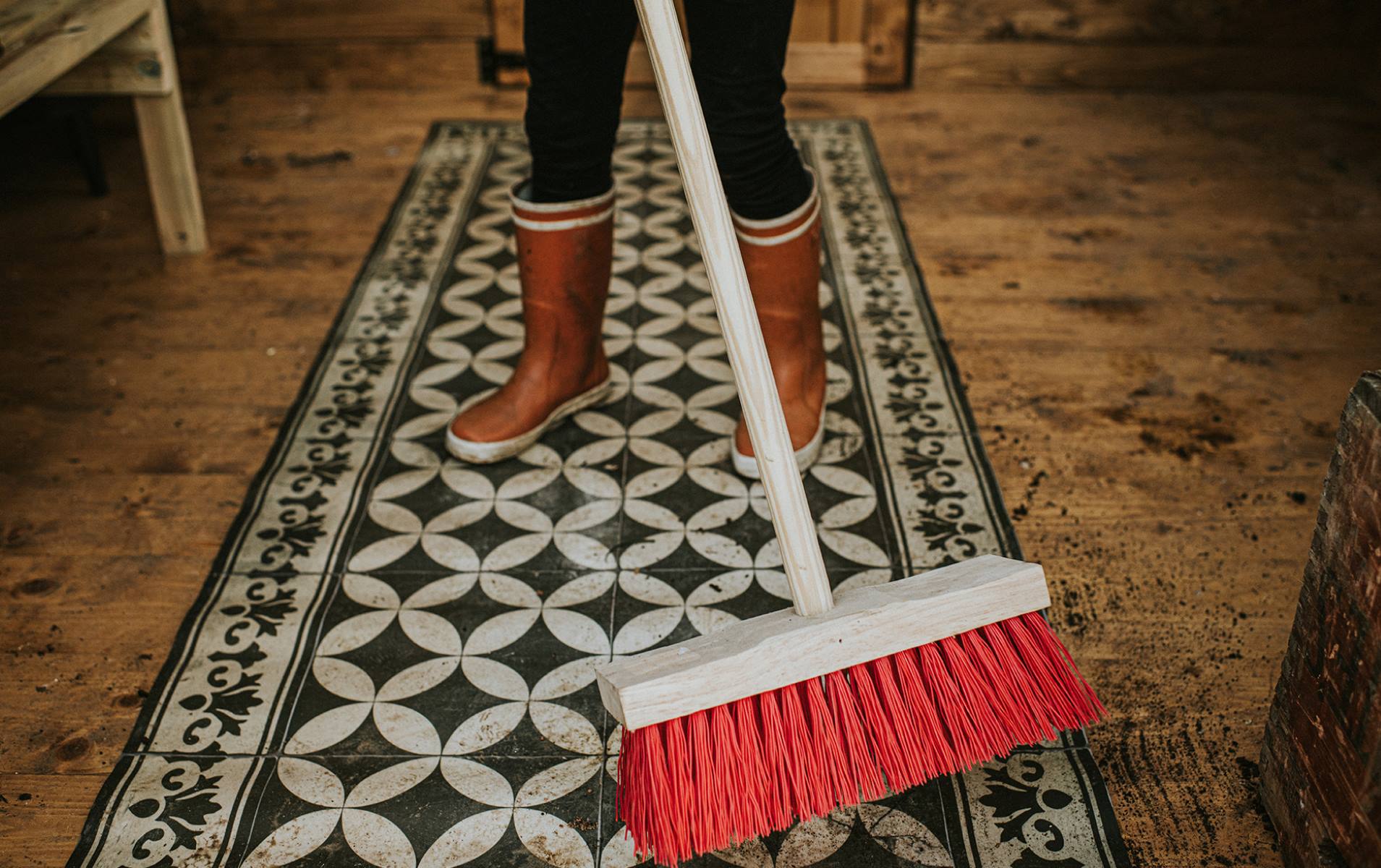

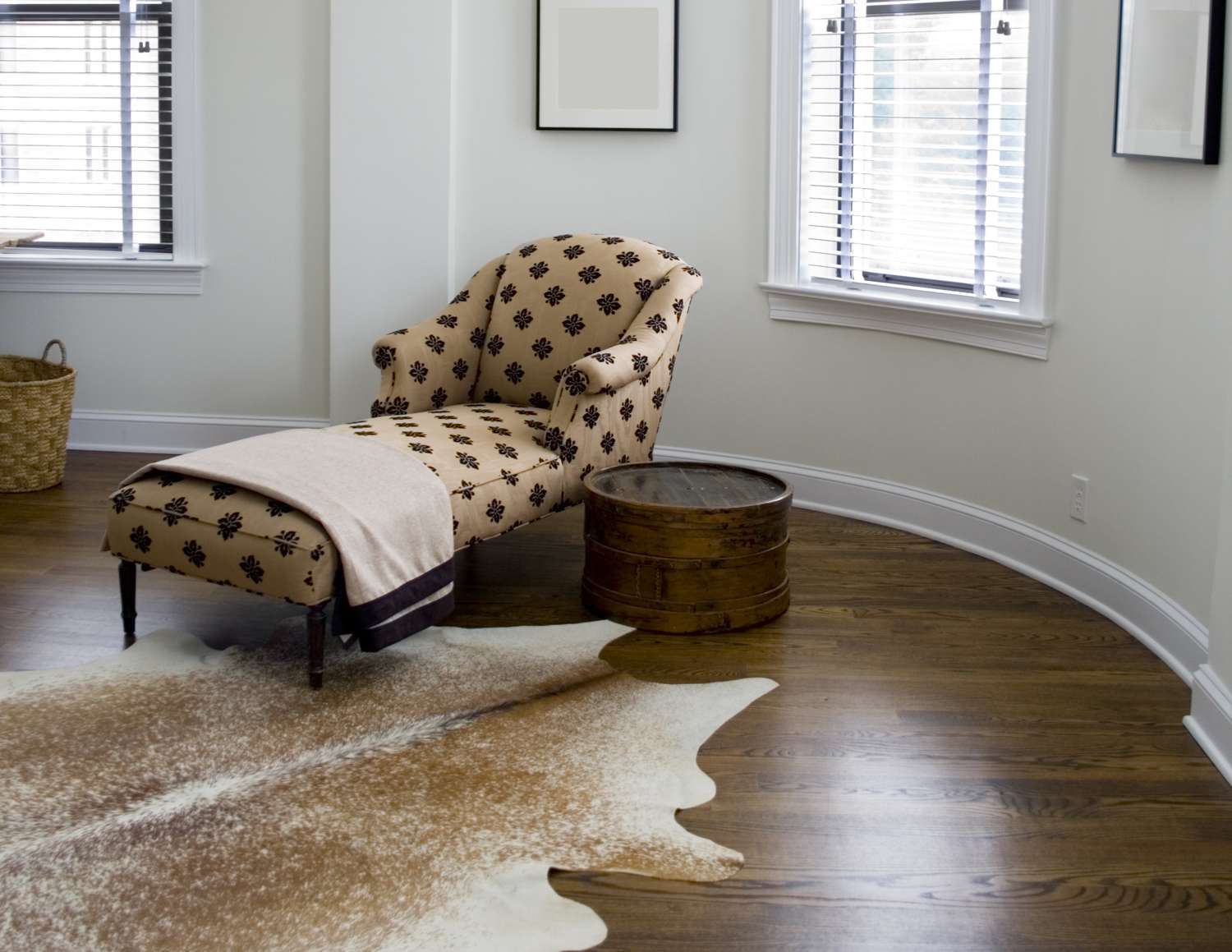

0 thoughts on “How To Clean Silk Rugs”